Vladimir Putin is now openly challenging Nato, especially Donald Trump, who tried to befriend, cajole, coerce and threaten him over Ukraine but ended up making a joke of himself.
In the latest instance of unnerving Nato, a Russian formation comprising three types of nuclear-capable jets—three MiG-31s, a Su-30SM and a Su-35—was spotted over the Baltic Sea to the west of the Latvian coast on September 25.
The Hungarian Air Force immediately scrambled two JAS-39C Gripens serving with the Nato Air Policing mission from Lithuania’s Šiauliai air base to intercept the Russian warplanes.
The Air Policing mission, established in 1961, is part of Nato’s Integrated Air and Missile Defence and maintains a 24/7/365 presence from the Combined Air Operations Centers in Spain’s Torrejón and Germany’s Uedem.
A day earlier, two Russian Tu-95 long-range strategic nuclear bombers and two nuclear-capable Su-35 air superiority fighters were spotted near the Alaskan Air Defense Identification Zone (ADIZ) on September 24.
Though ADIZ is “a defined stretch of international airspace that requires the ready identification of all aircraft in the interest of national security”, it abuts the American and Canadian sovereign airspace.
The North American Aerospace Defense Command immediately scrambled four F-16s, an E-3 early warning and control aircraft and four KC-135 tankers “to positively identify and intercept” the Russian jets.
Impact Shorts
More ShortsThe presence of Russian warplanes in the ADIZ is common and not considered a threat, but the incident alarmed the US and Canada.
Around a month ago, a Russian reconnaissance aircraft, IL-20 COOT, was spotted four times in the ADIZ. In September 2024, a dramatic video showed a Russian Su-35 flying in an “unsafe and unprofessional” way “within just a few feet” of NORAD aircraft off the coast of Alaska. In the same month, four Russian warplanes were spotted in the ADIZ days after 130 American soldiers were deployed to Shemya Island.
Before the most recent Alaska incident, Russian combat jets and drones violated Nato’s airspace several times this month.
Last week, unidentified drones—presumably Russian—were spotted thrice over several airports in Denmark.
On September 21, a Russian IL-20M surveillance/reconnaissance aircraft entered neutral airspace over the Baltic Sea and was tracked by two German Eurofighter Typhoons and later by Swedish jets
On September 19, three Russian MiG-31s entered Estonian airspace over the Gulf of Finland and stayed there for 12 minutes until two Italian F-35s in Estonia, part of Nato’s Eastern Sentry operation, Swedish and Finnish aircraft responded
On September 13, a Russian Geran-2 attack and surveillance drone (Iranian Shahed-136) violated the Romanian airspace. Two Romanian F-16s and two Eurofighters under the Air Policing mission forced it to exit
On September 9-10, 19 Russian Gerbera drones (Shahed-136 plywood and foam decoys) entered the Polish airspace. Polish F-16s and Dutch F-35s rushed to counter the drones with the F-35s shooting down four of them
More drones were sighted in four Nato member states on late Friday night. In Denmark, drones were spotted over the Skrydstrup Air Base, Jutland Dragoon Regiment and the biggest military base near Karup. In Germany, suspected spy drones were seen in Schleswig-Holstein. In Norway, drones were seen at Orland Air Base, where F-35s are stationed. Drones were also spotted over Vilnius Airport in Lithuania.
Why is Russia violating Nato airspace?
Russian warplanes often made risky manoeuvres in the Arctic or near Nato member nations even before the Ukraine War, forcing the West to scramble jets to warn or counter them. In the last 10 years, Russia has violated Estonian airspace around 40 times.
However, the recent incidents of Russian violation of Nato airspace, especially as the bloc continues to support Ukraine militarily in the three-and-a-half-year war, have raised questions.
Military and security experts believe Russia is testing Nato’s preparedness in the event the war expands. European countries fear the strategy is part of Putin’s strategy to attack one of the six Nato member nations bordering
Russia—Poland, Estonia, Norway, Lithuania, Latvia and Finland.Ukrainian President Volodymyr Zelensky, desperate to involve Nato militarily in the war, tweeted: “It is an obvious expansion of the war by Russia—and this is exactly how they act.”
The theory that Putin is testing Nato’s counterattack preparedness before he attacks a neighbouring member nation is ridiculous and misplaced.
The Russian president is aware that an attack on a Nato member will trigger the alliance’s Article 5, which considers an armed attack against one or more of them in Europe or North America an attack against the bloc. Consequently, Russia would face Nato’s full military fury. Poland and Estonia have already triggered Article 4, under which member nations will consult together whenever, in the opinion of any of them, the territorial integrity, political independence or security of any of them is threatened.
The airspace violations are part of the Soviet-era ‘Theory of Reflexive Control’.
The theory combines psychological and information manipulation, pressure tactics and geopolitical strategy to influence the enemy’s decision(s) in Russia’s favour. It’s an asymmetric warfare that changes the adversary’s perception of the situation and forces it to act accordingly to further Russian objectives.
According to Sergey Komov, a leading Russian thinker on information warfare, Reflexive Control can include one or more or a combination of the following tactics: distraction, overload, paralysis, exhaustion, deception, division, pacification, deterrence, provocation, suggestion and pressure.
Reflexive Control is “a means of conveying to a partner or an opponent specially prepared information to incline him to voluntarily make the predetermined decision desired by the initiator of the action”, says Timothy Thomas, a leading American expert on Russia’s information warfare.
According to the Bulletin of the Atomic Scientists, “Escalation is a deliberate action taken primarily for the purpose of ending a conflict without any further increase in the intensity or level of fighting.”
Though the ‘escalate to de-escalate’ theory is contested by some military experts in the US and Europe, the US 2018 Nuclear Posture Review expressed concern about a scenario where Russia grabs the territory of a Nato member. Subsequently, America and Nato are presented “with a fait accompli” by Russia threatening to use nuclear weapons, according to the Congressional Research Service report in April 2022.
The 1962 Cuban Missile Crisis is the best example of Reflexive Control.
Nikita Khrushchev eventually removed the nuclear-capable R-12 MRBMs and R-14 IRBMs from Cuba and stopped the construction of their launch sites. However, his military and diplomatic manoeuvres forced John F Kennedy, who withdrew the PGM-19 Jupiter nuclear MRBMs from Turkey and promised never to invade the island nation.
On February 19, 2022, a few days before the Ukraine invasion, Russia conducted a massive simulated exercise of its nuclear triad—ICBMs, SLBMs and strategic bombers. The Zircon and Kinzhal cruise missiles, Yars ICBM, and Sineva and Kalibr SLBMs were fired and Tu-95 bombers, warplanes and submarines participated in the exercise.
Similarly, when Putin put his nuclear forces on high combat alert on February 27, 2022, the US and Nato reacted accordingly. The US postponed the test launch of the Minuteman III ICBM in March. Pentagon press secretary John Kirby said, “In an effort to demonstrate that we have no intention of engaging in any actions that can be misunderstood or misconstrued, the secretary of defence has directed that our Minuteman III intercontinental ballistic missile test launch scheduled for this week to be postponed.”
Putin and other senior Russian politicians, including former President and PM Dmitry Medvedev and foreign minister Sergey Lavrov, have indulged in nuclear blackmail more than 12 times since the Ukraine invasion.
In the latest nuclear threat, Russia and Belarus staged a simulated nuclear strike during the five-day Zapad-2025 military exercises, two days after sending drones into Poland. The drills featured the N-capable hypersonic Oreshnik IRBM. Russian Tu-160 strategic bombers fired the Kh-555 and Kh-15 nuclear/conventional cruise missiles over the Barents Sea. Belarus, which already hosts the nuclear-capable 9K720 Iskander SRBMs, has requested Russia to deploy Oreshniks.
The Zapad drills triggered expected reactions despite involving only 30,000 troops from both nations compared to 200,000 in 2021.
Nato was alarmed. Poland closed its border with Belarus. “During these exercises, the Russian and Belarusian armies are practising aggressive scenarios against our country,” interior minister Marcin Kierwiński said.
Nato’s biggest concern was how Putin apparently used Zapad-2021 to station tanks and heavy artillery in Belarus to attack Ukraine in February 2022.
While Russia never uses a nuke, the show of nuclear force, capabilities and readiness is enough to alarm its adversary. The steps usually include putting the nuclear forces on high combat alert, military exercises and testing nuclear-capable missiles.
Erratic, irresponsible Trump encourages Putin
Trump is infamous for his erratic, illogical and insane statements on both domestic and international issues, proving that he is the most uninformed US president. Besides, his wavering stance on global conflicts shows that he is unreliable and can switch sides at the drop of a hat.
The Ukraine War is the best example of Trump’s idiocy.
After meeting Zelensky on the sidelines of the UNGA in New York City this month, Trump posted on Truth Social that Ukraine can win back lost territory with Europe’s and Nato’s help. “I think Ukraine, with the support of the European Union, is in a position to fight and WIN all of Ukraine back in its original form.”
On top of it, he termed Russia a “paper tiger” fighting aimlessly because a “real military power” would have defeated Ukraine in less than a week to win.
The statement was a glaring contrast to Trump’s persistent hostility towards “dictator” Zelensky and Ukraine even before he returned to power.
When Putin recognised the Ukrainian breakaway regions of Donetsk and Luhansk in February 2022, Trump praised him for being a “genius” and “very savvy”.
In February this year, Trump, like Putin, alleged that Zelensky was an illegitimate president with a
four per cent approval rating. However, Ukrainian public polls showed that more than 50 per cent of Ukrainians approved of Zelensky. According to a Kyiv International Institute of Sociology poll before Trump’s claim, Zelensky had an approval rating of 57 per cent.
In the same month, Trump said at an event in Florida that Zelensky was a “dictator” who “refuses to have elections. He’s low in the real Ukrainian polls”.
Then came the White House spectacle in the same month. Trump and vice-president JD Vance berated Zelensky before the media at the White House for “not having the cards” in the war, not showing enough “gratitude” to the US for its military assistance and “gambling with World War III”.
“You have to be thankful. You don’t have the cards. You’re buried there. Your people are dying. You’re running low on soldiers,” an angry Trump told Zelensky.
As recently as August, before meeting Putin in Alaska, Trump said the warring sides would have to cede territory to end the conflict. “There’ll be some land swapping going on,” he told the media.
In July, the US halted the supply of Patriot missile systems and other precision weapons to Ukraine only to announce one week later that it would supply more defensive weapons to the war-ravaged nation.
Similarly, Trump has flip-flopped on Putin, who rejected all his ceasefire proposals.
From claiming to be Putin’s friend and cajoling him to threatening him with more sanctions and admitting that the “crazy” Russian president had thrown “bullshit”, Trump has tried every trick to end the war but failed disastrously.
Trump, whose Alaska meeting with Putin was the seventh, even sent Steve Witkoff, his special envoy for Peace Missions and to West Asia, to meet Putin five times.
During the campaign trail in 2023 and 2024 and the presidential debates, Trump repeatedly claimed that he would end the war within 24 hours if he returned to the White House. According to the Roll Call Factba.se database, which catalogues Trump’s public remarks, he made the claim, at least, 53 times.
Now, Trump has publicly admitted that ending the war isn’t as easy as he had thought.
“I thought that would be the easiest one because of my relationship with Putin. But unfortunately, that relationship didn’t mean anything,” he told the media with his French counterpart, Emmanuel Macron, by his side on the UNGA sidelines.
Putin also knows that Russia can’t win the war—but he has turned into a grinding conflict of attrition by wearing out Ukraine and Nato.
Putin is using Reflexive Control to end the war on his terms by making Nato jittery. He has neither met Zelensky, despite Trump hoping for the contrary, nor agreed to a ceasefire—forget about a peace deal.
Putin is unrelenting while Trump is frustrated and Nato is extremely worried due to the US president’s shaky commitment and maverick nature.
Putin knows Nato lacks full US support
In a clear sign of Russia mocking and challenging Nato during the Estonian airspace violation, the MiG-31 pilots copied the manoeuvres of the Italian F-35s, rocking their wings from side to side, and waved at them. The MiG-31s left only after 12 minutes after the F-35s trailed them till Kaliningrad.
Trump’s erratic statements, indecisiveness, blaming Ukraine for the war and shattering the transatlantic alliance with Europe in February, slamming Nato members for not allocating enough to their defence budgets and slapping massive tariffs on European allies have encouraged Putin to violate European airspace.
During an election rally in South Carolina in February 2024, Trump said that he would “encourage” Russia to attack any Nato member that fails to pay its bills as part of the Western military alliance.
Putin knows Europe, especially Nato, lacks complete American support. Trump’s muted reaction to the Russian violation of Nato airspace and contradictory statements will only spur Putin to become more aggressive.
After the violation of Polish airspace, Trump said it “could have been a mistake” by Russia despite Poland and its allies terming it deliberate. Polish deputy PM Radoslaw Sikorski shot back, “No, it wasn’t (a mistake).”
However, when asked by a reporter on the sidelines of the UNGA if Nato should shoot down such Russian jets, he said, “Yes, I do.”
However, when asked at the same conference whether he would back a Nato member shooting down a Russian plane, Trump said, “Depends on the circumstance.”
When a president makes American participation in Nato conditional, nothing could egg Putin more to challenge the alliance.
The most glaring example of American non-commitment to a concerted Nato effort to counter Russia is the US’s absence from Eastern Sentry, an operation launched by the bloc on September 12 to defend eastern Europe against Russian airspace violations. Only Germany, France, the UK, Denmark and Italy are part of the operation.
In every instance where Nato challenged Russian jets or shot down drones, American jets were absent.
Trump had been pressuring Nato member nations to increase defence spending, claiming that the US had to share their burden. Finally, in June, member nations agreed to increase defence spending to five per cent of their GDP by 2035, a decision Trump termed a “big win”.
However, in the Truth Social post in which he said that Ukraine can win back the lost territories, Trump made it clear that it is Europe’s war.
“We will continue to supply weapons to Nato for Nato to do what they want with them. Good luck to all!”
Moreover, the 32-member Nato is divided on how to respond to Russia’s violation of its airspace.
During a UNSC emergency meeting called by Estonia on September 23, Poland and Baltic nations wanted a joint statement calling for downing Russian aircraft in Nato airspace. Czech President Petr Pavel warned that what happened to Ukraine and the airspace violations over Poland and Estonia could happen to other European nations too if “we don’t stick together”.
However, Germany and a few southern European countries called for restraint to avoid escalation with Russia.
In an evident sign of division in the bloc, the final statement didn’t even name Russia or call for a clear strategy to deter such violations. “Nato and Allies will employ, in accordance with international law, all necessary military and non-military tools to defend ourselves and deter all threats from all directions. We will continue to respond in the manner, timing, and domain of our choosing,” the statement read.
In another sign of the US not supporting a united front, General Alexus Grynkewich, Commander of the United States European Command and Supreme Allied Commander Europe, said that the Estonian incident was likely an accident caused by inexperienced Russian pilots. He warned that downing a fighter jet has “a higher risk of escalation if there’s an engagement that kills someone on either side.”
Russia has warned of a “decisive response” if the West shoots down any of its jets. “If there are attempts to down any flying object, any object … in our airspace, then I think people will very much regret undertaking such an egregious violation of our territorial integrity and sovereignty,” Lavrov told the UNGA.
Russia miles ahead of Nato in drone tech
EU members in eastern Europe last week agreed to build a “drone wall” with advanced detection, tracking and interception after the Russian drone incursions.
Poland, Romania, Denmark, Estonia, Bulgaria, Finland, Latvia, Lithuania, Hungary and Slovakia agreed to have “intensive” discussions on “a detailed conceptual and technical road map” in October.
However, it could take a year to build a drone wall.
Russia has already beaten Nato in drone technology as it realised the significance of small, cheap UAVs that could inflict severe damage on Ukraine at much less cost.
Nato was caught pants down as Russian drones breached Polish, Romanian and Danish airspace. Neither Nato nor the US realised the effectiveness of small, cheap and powerful drones while Russia mastered the technology and started producing them en masse.
Russia’s drone army mainly comprises the Iranian kamikaze Shaheds. After a $1.75 billion deal with Iran to produce Shaheds domestically, Russia manufactures more than 6,000 such drones monthly and their decoys, mainly at a factory in Alabuga, east of Tatarstan region. Moscow also produces Garpiyas drones, made with Chinese components, at the Izhevsk Electromechanical Plant.
The Russian-made Geran-1 (Shahed-131) has a range of around 900 km and a 10-15 kg payload. The Geran-2 (Shahed-136) has a range up to 2,000 km and a 40-kg payload. Merlin-VR. Russia is also producing the Geran-3 (Shahed-238), a jet-powered drone that has a range of about 2,500 km and a 50-300 kg payload.
Russia also has several domestic drones, like the kamikaze Lancet, the reconnaissance/attack ZALA family of drones and other reconnaissance UAVs (Orlan-10 and Supercam).
Russia has been pounding Ukraine with Shaheds since 2024. July this year recorded the maximum number of drone attacks so far at 6,297. On the night of July 9, Russia launched a record 741 drones and decoys.
The biggest Russian drone strike was recorded on September 7 at 810, including decoys. A week after the Alaska summit in August, Russia launched 574 drones. On Sunday, 595 drones were launched with Kyiv as their main target
The writer is a freelance journalist with more than two decades of experience and comments primarily on foreign affairs. He tweets as @FightTheBigots. Views expressed in the above piece are personal and solely those of the writer. They do not necessarily reflect Firstpost’s views.


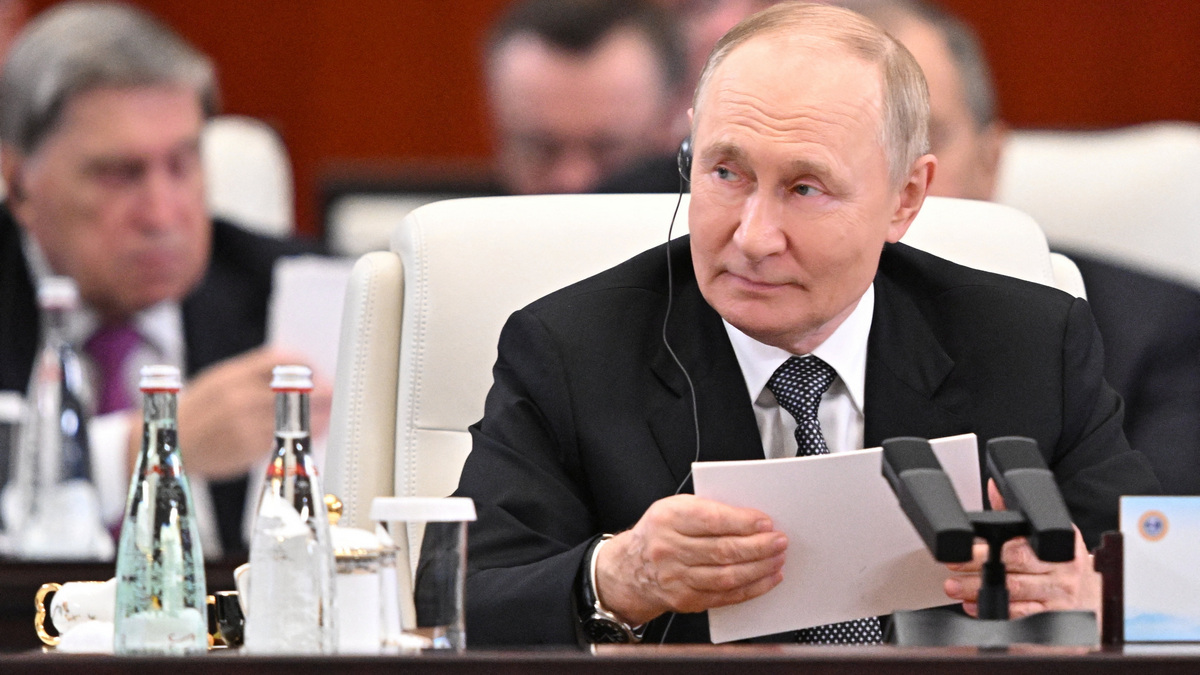)
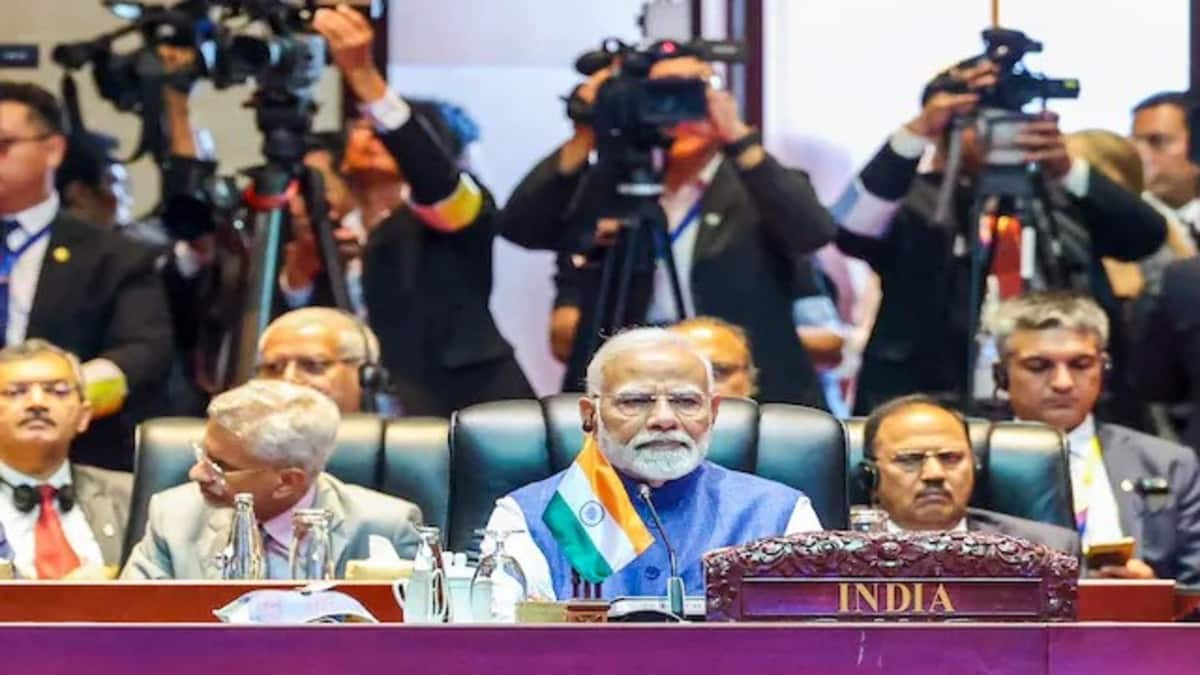
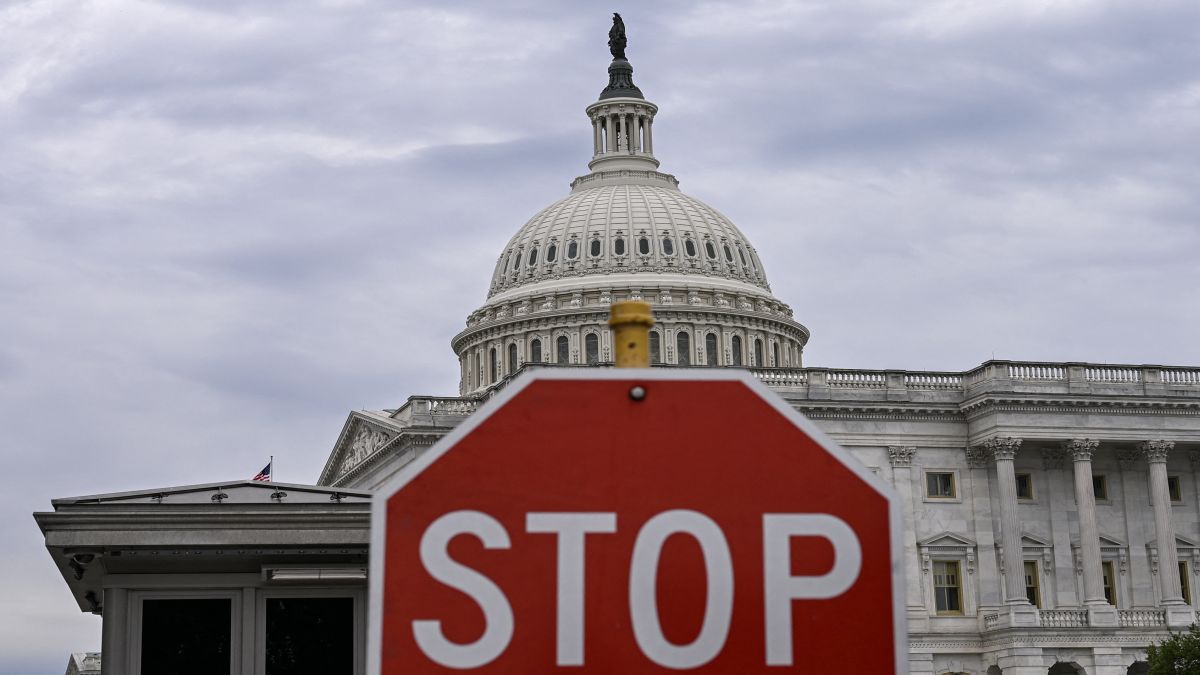)
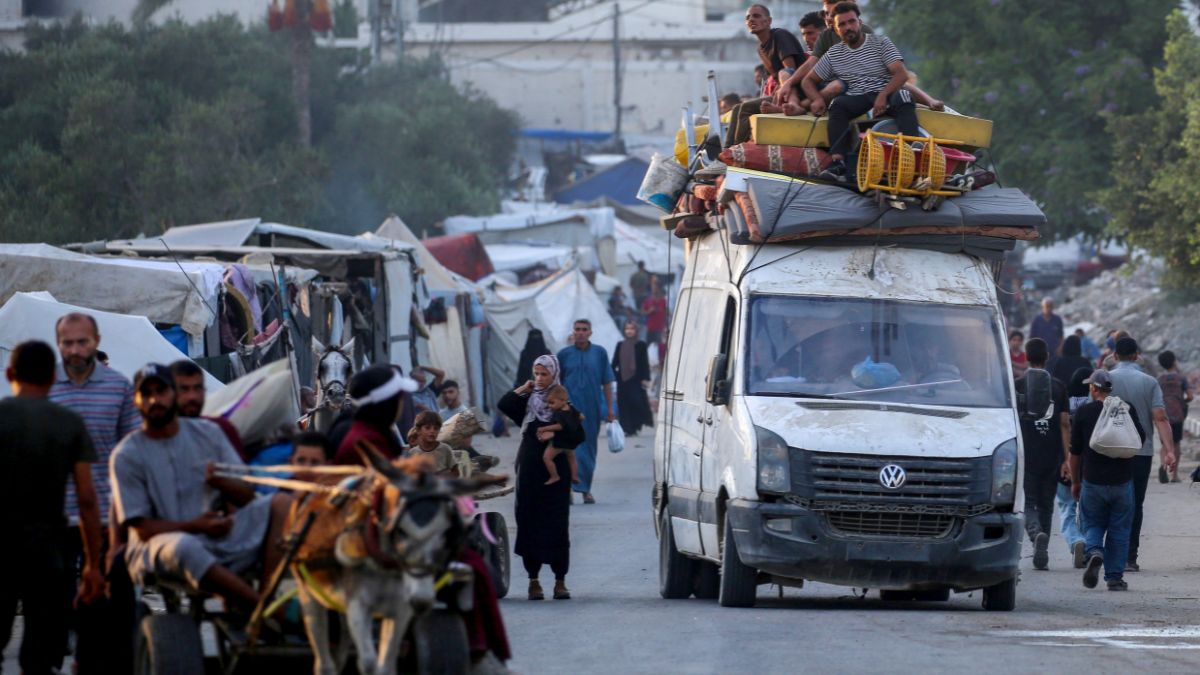)
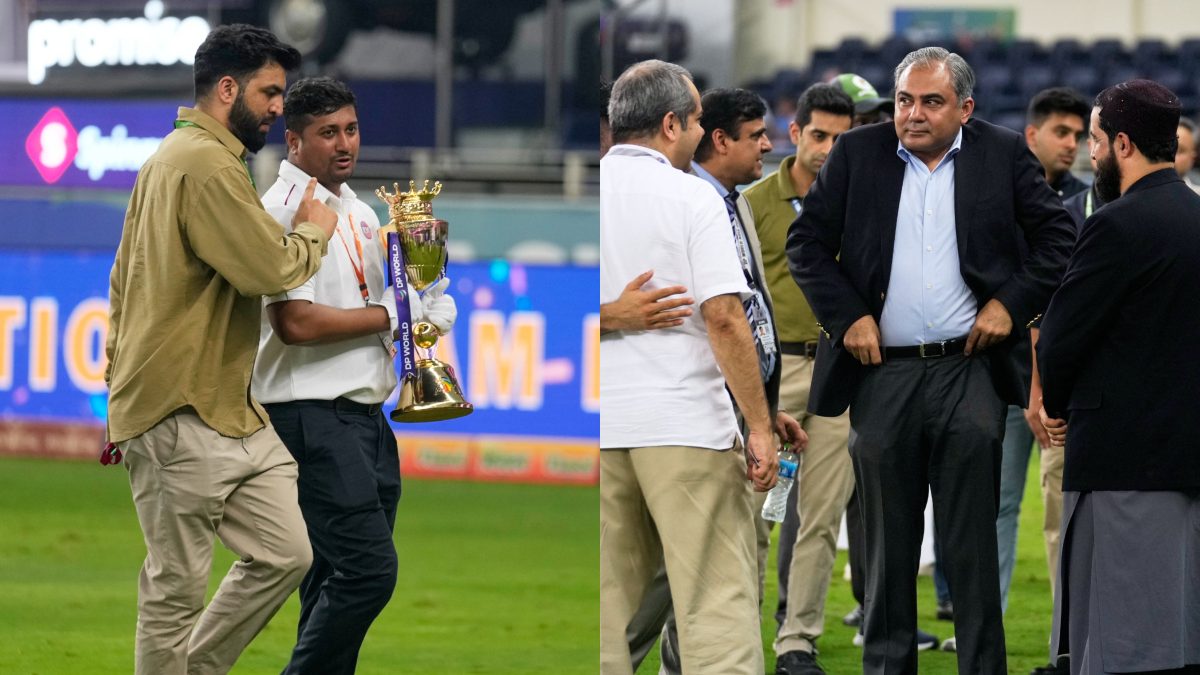)
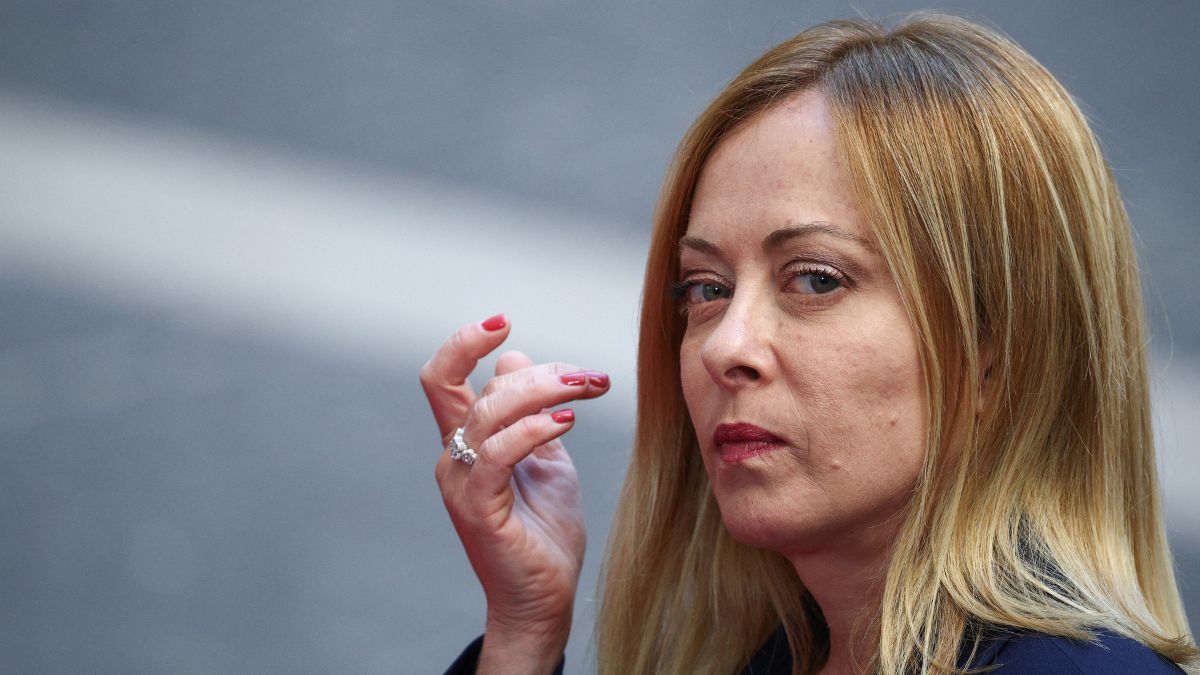)
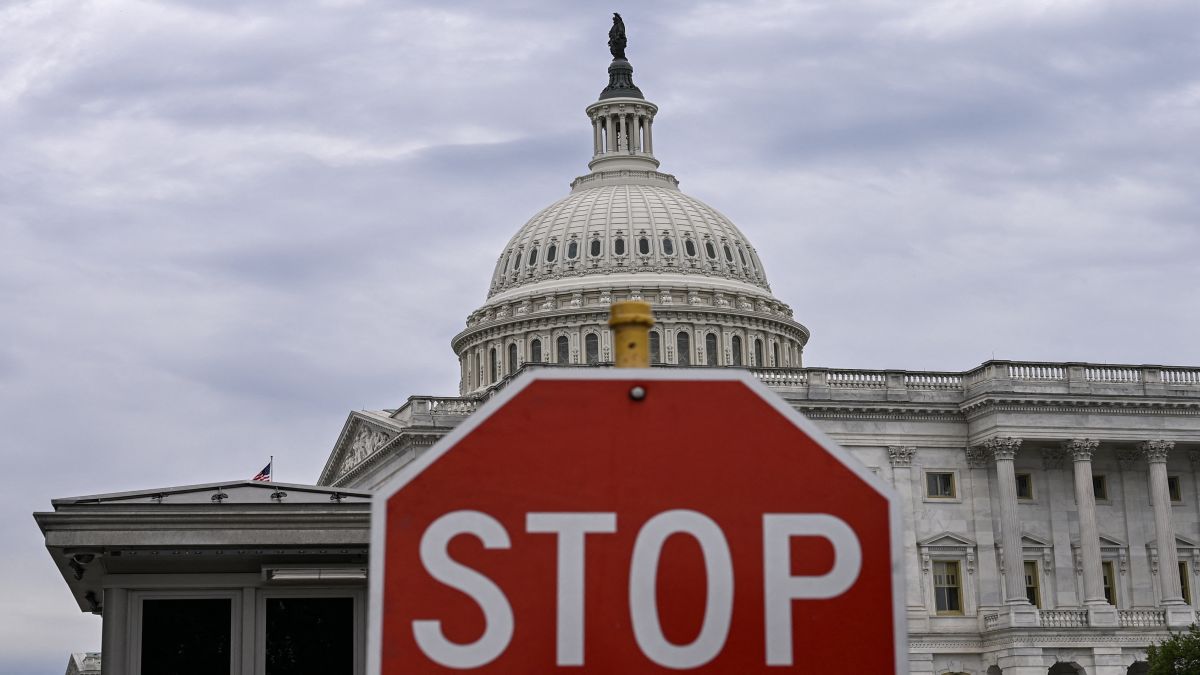)
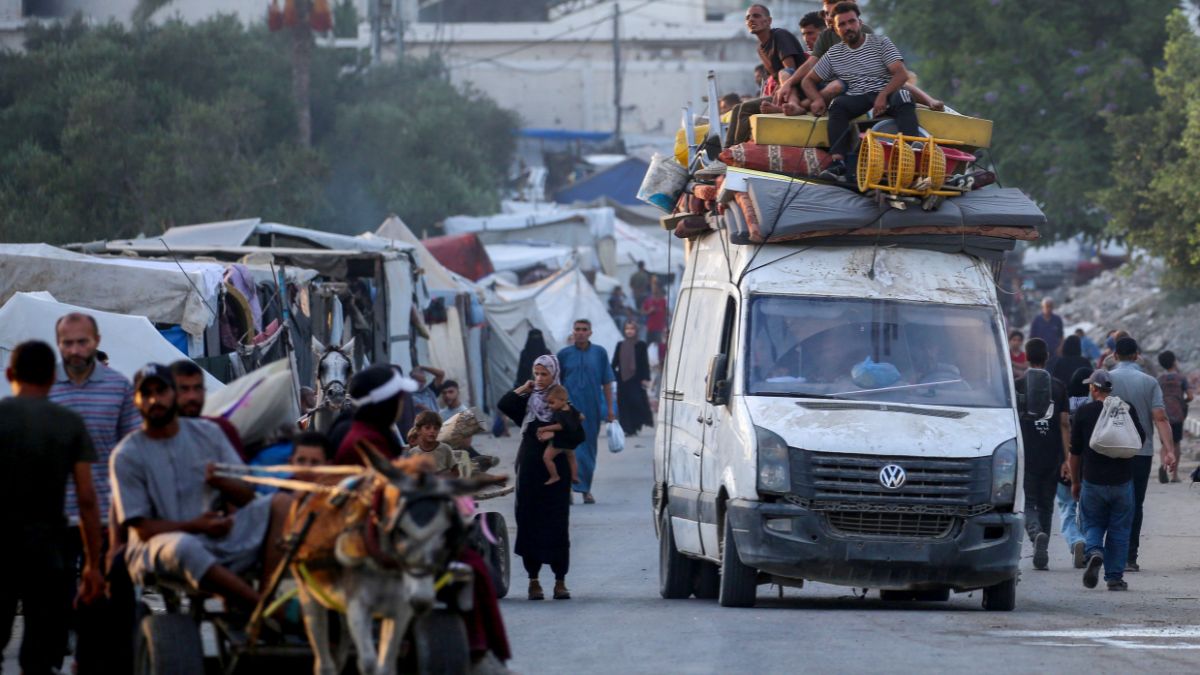)
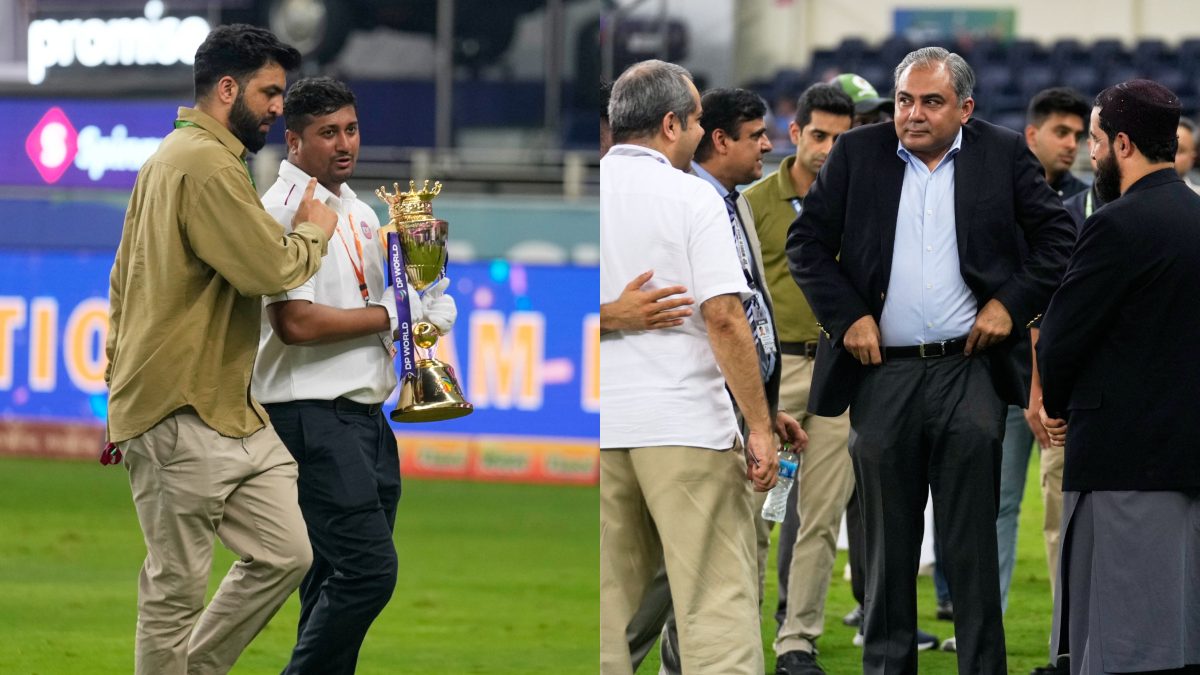)
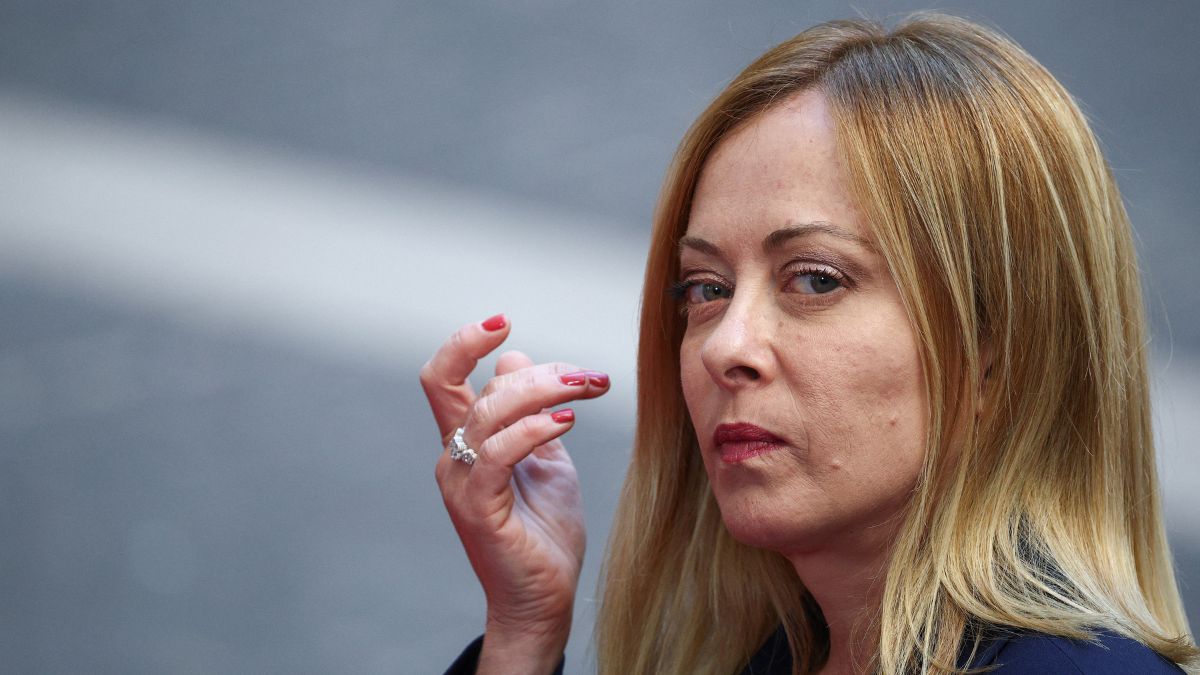)



